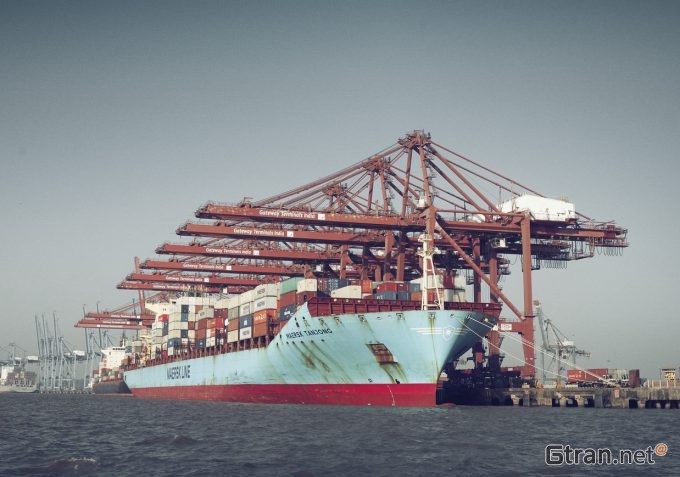Container terminals in Nhava Sheva Port (JNPT), India’s busiest public gateway, have been hit by congestion and are ‘operating far beyond our capacity levels’.

The problems are due to drastic capacity reduction at APM Terminals Mumbai, which accounts for the majority of export/import shipments moving through the gateway.
Sources noted that the number of weekly services handled by APMT Mumbai, also known as Gateway Terminals India (GTI), had reduced from the normal 13 calls to six, due to the closure of a berth for crane upgrades.
“Spill-over berthing demand has complicated flows through other terminals,” a shipping line agent told The Loadstar.
“Because of constant gate cut-off changes by carriers, export movements have taken a hit, leading to potential missed connections and cargo rollovers for shippers,” the source added.
According to freight forwarder sources, adding to the pain, PSA Mumbai has restricted berthing windows for ad-hoc service calls, while the two DP World facilities are already full.
“We are operating far beyond our capacity levels,” a DP World Nhava Sheva official told The Loadstar.
Some carriers have, in recent days, opted to discharge Nhava Sheva containers at alternative ports, mostly at Mundra, causing predictable cost and other consequences for importers.
The equipment installation and commissioning programme at GTI – entailing six ship-to-shore cranes and three rail-mounted gantry cranes – began at the end of last month and is targeted for completion in early September.
Forwarder sources have voiced other potential supply chain problems as the congestion impact builds.
“Export gate-in times may be reduced and truck waiting times may increase due to road snarls,” they said. “Additionally, a shortage of containers is imminent as the inflow of empties becomes limited.”
APMT said it was using “all the resources at its command” to mitigate the disruption. A spokesperson said: “Our teams are working in close coordination to accommodate maximum calls at one berth by reducing vessel idle time, increasing operational efficiency and being flexible to ensure minimal impact for each of the services as much as possible.
“Most of our customers have been informed about our planned infrastructure development and we continue to communicate with them periodically,” it added.
APMT also noted that the $115m “fit-for-future” project, announced in February last year, would “significantly enhance berth productivity”, thus driving vessel turnaround and operating cost advantages for carrier customers.
When the new cranes go live, the company claims, its throughput capacity will increase 10%, to 2.2m teu annually, and also allow it to service larger vessels, in the range of 14,000 teu,, versus a maximum of 12,000 teu at present.


